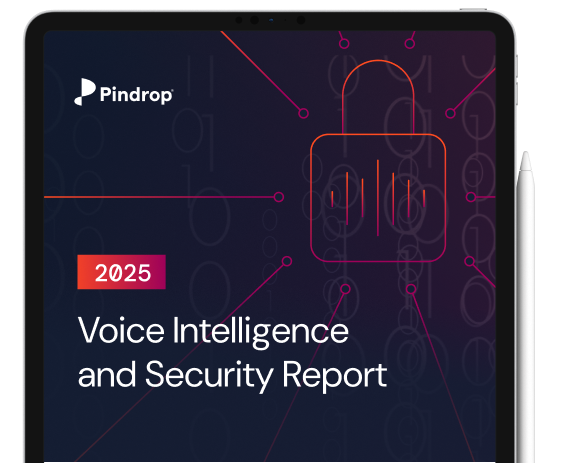Detect deepfake deception + fraud
Generative AI has made it easier than ever for fraudsters to create realistic deepfakes, enabling impersonation at scale. These sophisticated attacks threaten both live interactions and recorded media. Pindrop® liveness detection analyzes whether a voice is human, helping businesses detect fraud and protect customer trust.
Unmask the truth behind every voice
Assess audio deepfakes at their core by analyzing unique voice patterns. Enhance security while maintaining seamless experiences for your customers.
How it works
Analyze interactions across IVR, live calls, and beyond, as part of your enterprise’s larger authentication and fraud detection system, with Pindrop® liveness detection tech.

Gain valuable insights in voice security
Explore data-driven solutions to help protect your business and customers from sophisticated fraud while staying informed on evolving tactics.
Tech for deepfake detection
Our solutions are backed with years of research in the voice security industry and proven with customers in finance, insurance, and more.





